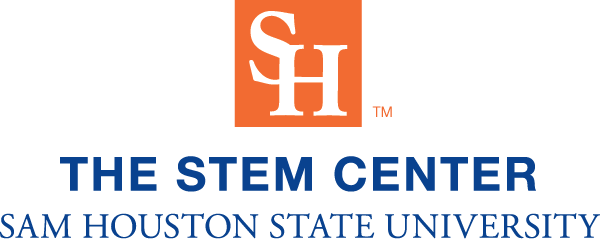The STEM Center at SHSU
Welcome to the STEM Center at Sam Houston State University.
In Fall 2017, Sam Houston State University was fortunate to receive an award from the National Science Foundation (NSF) to establish a STEM Center on our campus. This award (proposal no. 1725674) was made by the Division of Undergraduate Education of the NSF, part of the Improving Undergraduate STEM Education (IUSE) program. Over the next five years, more than $2 million of NSF IUSE funding will transform the way our institution prepares SHSU undergraduates for STEM careers.
Upcoming Events
STEM Center Mission Statement
The SHSU STEM Center is an innovation hub, fostering collaborative learning, research, and service initiatives that drive long-term success for both faculty and students within the College of Science & Engineering Technology.
STEM Center Vision Statement
The SHSU STEM Center develops and tests new approaches to catalyze personal and professional growth among students, staff, and faculty, while advancing excellence in teaching, research, and community service. This is achieved by identifying needs and framing potential solutions, securing funding to pilot and sustain innovative programs, implementing rigorous assessment for continuous improvement, and disseminating findings through academic channels. The Center strives to embrace and learn from the diverse perspectives and experiences of the College of Science and Engineering Technology community in developing programs supporting its mission and vision.


.jpeg.jpg)
.jpeg)
.jpeg)
.jpeg)
.jpeg)
.jpg)